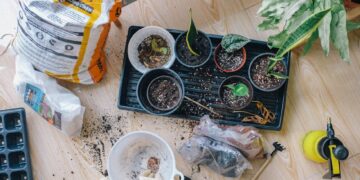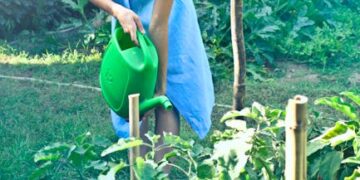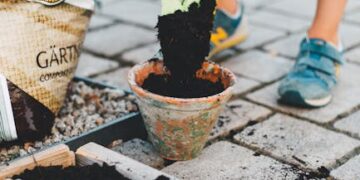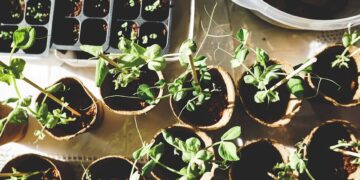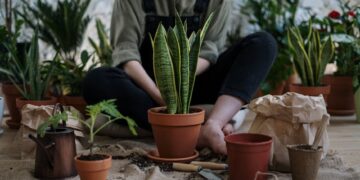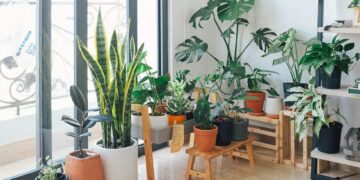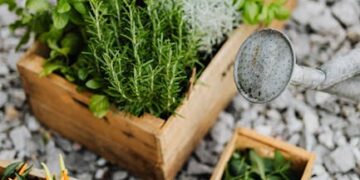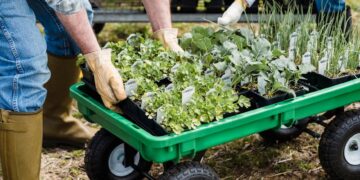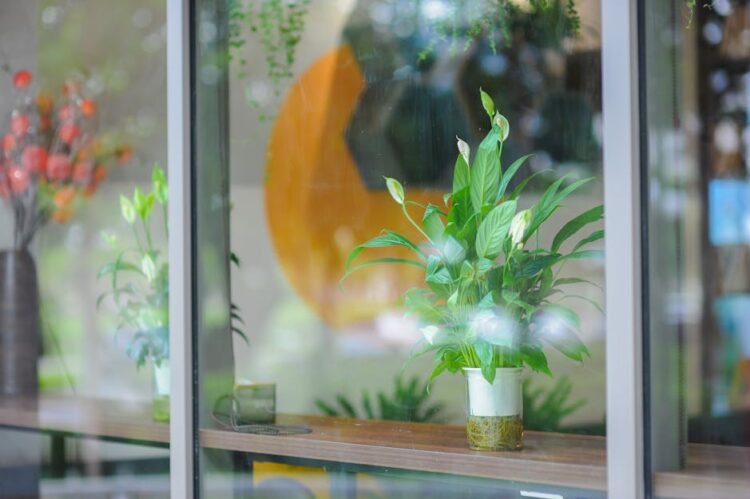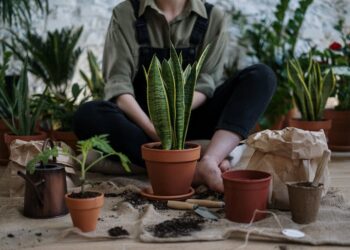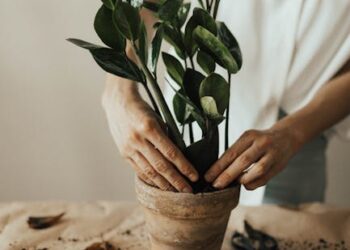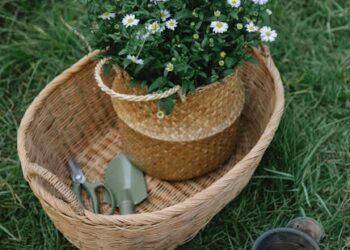Essential Indoor Plant Care Tips for Thriving Houseplants
Welcome, plant lovers! Whether you’re a novice seeking to green your living spaces or an experienced plant parent looking to refine your skills, understanding the essentials of indoor plant care is key to nurturing healthy, vibrant houseplants. This article offers easy-to-follow, actionable advice that ensures your leafy friends not only survive but truly thrive.
Understanding Your Plant’s Needs
Just like people, each type of plant has its own unique needs and preferences. Success in indoor plant care starts with understanding what specific conditions your plant thrives in.
Light Requirements
Light is one of the most crucial factors for plant health. Most houseplants require bright, indirect light. South-facing windows are usually ideal, but if natural light is limited, consider supplementing with grow lights. Each plant species has different light needs:
- Ferns and Spider Plants – These thrive in low to medium light.
- Succulents and Cacti – These need bright light to flourish.
Watering Needs
Overwatering is a common mistake in plant care. To determine when your plants need water, check the top inch of soil. If it’s dry, it’s time to water. Here are quick tips for different types of plants:
- Orchids: Allow the potting mix to dry slightly between waterings.
- Peace Lilies: Keep the soil consistently moist, but not soggy.
Humidity and Temperature
Most houseplants prefer a humidity level of 40-60%. In dry climates, or during the winter when indoor heating can reduce humidity, use a humidifier or mist your plants regularly. Temperature also plays a role, with most houseplants preferring temperatures between 65-75°F (18-24°C). Keep plants away from drafty windows and heating vents to avoid sudden temperature changes.
Feeding Your Plants
Nourishing your plants with the right fertilizer is paramount for growth and health. Most houseplants do well with a balanced, water-soluble fertilizer applied every 4-6 weeks during the growing season. However, during winter, most plants enter a dormant phase and require less feeding.
Potting and Repotting
Choosing the right pot and knowing when to repot are essential for the health of your houseplants. Ensure the pot has adequate drainage to prevent water from sitting at the root, which can cause rot. Here’s how to know it’s time for a new pot:
- Roots are growing through the drainage holes.
- Plant growth has significantly slowed.
- The soil dries out faster than usual.
Choose a pot that’s slightly larger than the old one to give your plant room to grow. Also, consider the material—terracotta pots are porous and help the soil dry more evenly, which is great for succulents and cacti.
Common Problems and Solutions
Even the most attentive plant parents can encounter issues. Here are some common problems and how to fix them:
Pests
Pests like aphids, spider mites, and mealybugs can wreak havoc on indoor plants. Inspect your plants regularly for signs of pests and treat infestations immediately using insecticidal soap or neem oil.
Diseases
Fungal and bacterial diseases can affect houseplants, often due to poor ventilation or overwatering. To prevent disease, ensure your plants have proper air circulation and avoid letting water sit on the foliage. If a plant does become diseased, isolate it from your other plants and remove the affected areas.
Leaf Problems
Browning or yellowing leaves can indicate a variety of issues, from nutrient deficiencies to overwatering. Assess your care routine and adjust accordingly. Sometimes, simply pruning away unhealthy parts can help rejuvenate your plant.
Engaging with Your Plants
Your relationship with your houseplants can be incredibly rewarding. Regularly spending time with your plants not only helps you stay in tune with their health but also enhances your well-being. Research shows that tending to plants can reduce stress and improve mood!
Involve kids in plant care activities as a fun way to teach them about nature and responsibility. Plus, plants can be a beautiful way to decorate any room, bringing a piece of nature indoors.
Conclusion
Caring for houseplants is a delightful journey that enhances your home and benefits your mental health. By understanding the needs of your plants and responding to their care requirements with the tips provided, you’ll be well on your way to cultivating a lush indoor garden that thrives. Remember, every plant has its personality; take the time to learn and grow together!
Happy planting!

